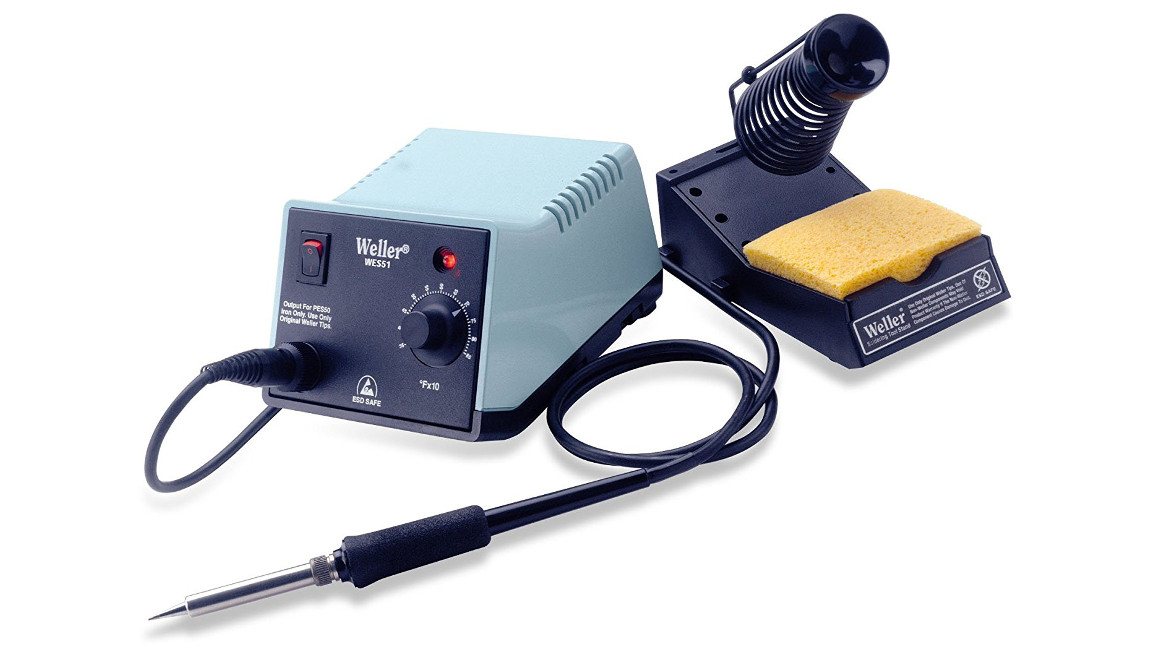
When is 9V not 9V?
As I mentioned previously, my pedal board’s power supply died, so I’ve been temporarily using an old Korg 9V power supply.
I’ve been getting some hum from Ryan’s Fulltone Fat-Boost, and finally decided to do some sleuthing to figure out why.
Fortunately, before I even cracked open the Fat-Boost, I hooked up a multimeter to measure the voltage output of the Korg supply, and it turns out that this little guy is really putting out 13V, not 9V. Well, that’s annoying. Is it mislabeled, or just over-compensating for something?More

Pedal Power Fiasco

After a bit of trial and error, it was clear that my ancient SKB PS-25 pedalboard power supply had finally keeled over. I never use batteries, but fortunately a couple of the pedals had old 9V batteries still in them, so it was enough to scrape by for the rehearsal.

Hey, here’s the power supply for my Digitech Jamman Delay which I’m not currently using in my live rig. It says 9V, 1.3A. Strange, it doesn’t show a polarity, but it’s a power supply for a guitar pedal, and the plug barrel fits, so it must be good, right? What could possibly go wrong?

Why “saw-der” instead of “sole-der”?

In the US, solder is pronounced “saw-der” (ˈsɑːdər) without the L. My family is Australian- I grew up doing electronics projects with my Dad, pronouncing it with the L as “sole-der” (ˈsɒldər). I have to really make an effort to say it the American way.More

GarageBand feedback resolution
Some users of guitar interface cables like my DIY cable project have noticed an unreasonable amount of feedback when using Apple’s GarageBand iPad app.
Good news- Apple rolled out an update to GarageBand yesterday which appears to resolve this.
Thanks PaulB for letting me know!

Grover Locking Tuners

These Rotomatics are different from typical locking tuners, like the Sperzel’s or Grover’s own Roto-Grips, where you lock and unlock the string using a thumbscrew around back.
On the Rotomatics, you just insert the string, and give it a wind, and an inner-cam rotates, locking the string into place under the string’s own tension. I always feel a little uncertain when changing strings on these because the process is a bit different from other tuners. Here are the instructions from Grover:

2. Note string hole is off center. Turn knob to rotate post until string hole is positioned away from knob. Thread string up through bottom of hole and pull firmly. See drawing.
3. Turn to begin tuning. At first, only inner “Locking Cam” is turning, securely locking the string. Once the string is locked, outer post will turn.
4. Bring string to pitch.
